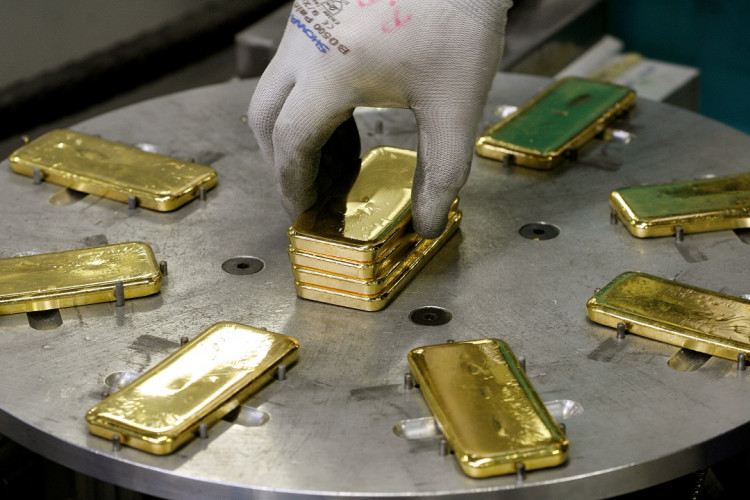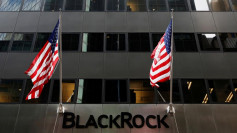Gold prices have once again reached a peak as the spot price of gold slightly increased in the last week of the year, approaching a historic high and potentially marking its highest annual rise in three years. As of 11:00 am on December 27, the spot price of gold was reported at $2,093.20 per ounce.
The primary factor driving the international gold price hike is the data showing eased inflation pressures in the U.S., thereby strengthening the market's expectations for multiple rate cuts by the Federal Reserve in 2024.
Last Friday, the latest data from the U.S. Department of Commerce showed that the core PCE price index for November, the Federal Reserve's preferred inflation target excluding food and energy, slowed down to an annual increase of 3.2% from the previous 3.5%. This figure, which was lower than the market expectation of 3.3%, marked the lowest level since April 2021.
Despite recent hawkish statements from multiple Federal Reserve officials attempting to downplay expectations for rate cuts, the market currently predicts over an 80% chance of a rate cut by the Federal Reserve in March.
Wells Fargo expects the trading price of gold to remain between $2,100 and $2,200 per ounce in 2024.
The trend of global central banks purchasing gold continues. According to the World Gold Council, in the third quarter of 2023, central banks and other institutions collectively increased their gold holdings by 337.1 tons, a 93% increase from the previous quarter. The People's Bank of China has continued to purchase gold, and as of the end of November 2023, China's gold reserves reached 2,226 tons, an increase of 12 tons (0.53%) from the previous month, marking 13 consecutive months of gold accumulation.
Wan Zhe, a professor at Beijing Normal University and former Chief Economist of China Gold Group, stated that central banks are the "weathervane" of the market. Their continuous gold purchases also indicate that the current market's risk aversion sentiment and tense situation have not fully eased due to geopolitical influences, among other factors.
The latest central bank gold reserve survey by the World Gold Council shows that considering inflation, geopolitical events, and other factors, 70% of the surveyed central banks expect to increase their gold reserves in the next twelve months, and this trend of central banks buying gold may continue for several years.
However, despite gold's seemingly robust "high volatility," it has not historically been considered a premium investment. From the end of the gold standard in 1974 to 2022, gold's average annual return was only 5.0%. In contrast, the global stock market's average annual return rate was 10.5%, twice that of gold.
The average annual return rate for U.S. stocks was even higher at 11.9%, and even the total annualized return for U.S. 10-year Treasury bonds was higher than gold at 6.7%. Additionally, gold's volatility has been much higher than it appears: since 1974, gold's standard deviation has been a high 19.0%, far exceeding the global stock market's standard deviation of 15.0%.





